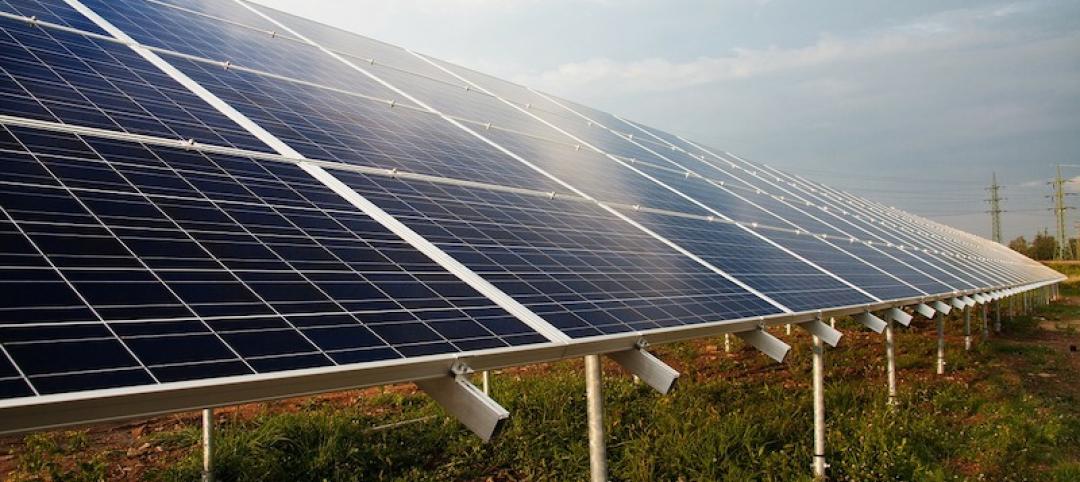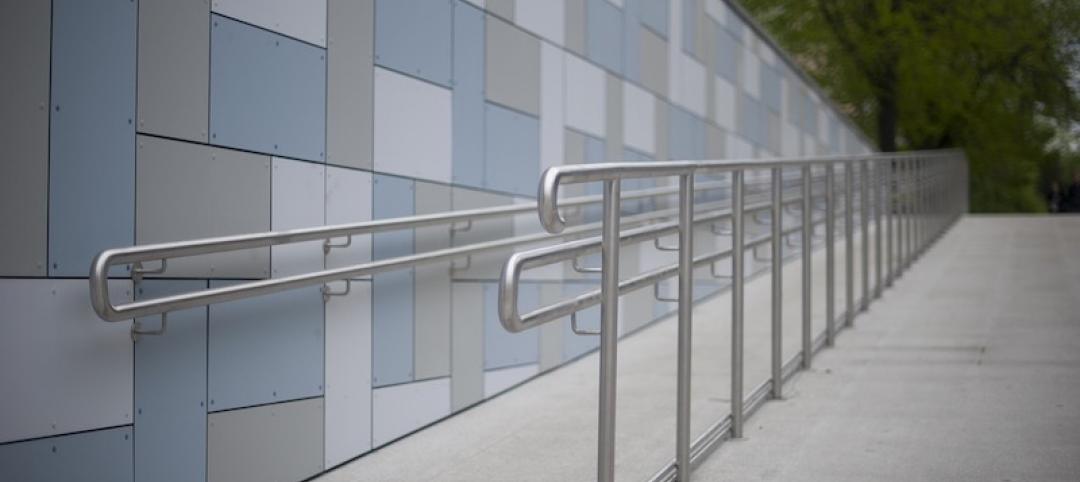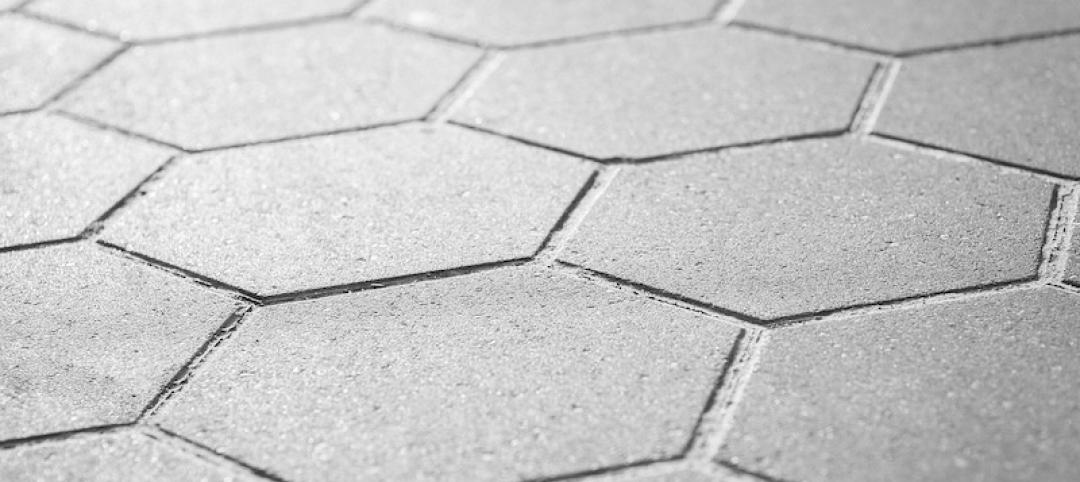Architect Butch Grimes, who examined the wreckage after a half-mile tornado struck Tuscaloosa, Ala., believes toughening building codes can reduce damage from twisters.
“The damage we had on the edges [of the tornado] could have been avoided with simple construction techniques,” Grimes told Scientific American.
The strongest hurricane winds on the coast can reach 180 mph, while the strongest tornadoes, category EF-5, have wind speeds of 200 to 250 mph. Tornadoes that strong are rare, with more common lower-category EF-2 or EF-3 tornadoes having wind speeds in the 100- to 150-mph range. The lower wind speeds, around hurricane strength, are most common on the edge of tornadoes.
“It’s probably not practical to design for EF-5 damage,” Grimes said. Weaker storms, however, can and should be designed for as coastal areas have been doing for years, he said.
Hurricane clips are one potential quick fix. In Alabama, the clips are required for buildings built within 5 miles of the Gulf of Mexico but remain optional farther inland. Reinforced windows could be another effective measure.
(http://www.scientificamerican.com/article/tornado-survival-could-improve-with-better-building-codes/)
Related Stories
Codes and Standards | Oct 28, 2019
U.S. military demands landlords address health hazards in troop housing
Air Force threatens formal dispute process.
Codes and Standards | Oct 24, 2019
ASHRAE design contest winners demonstrate building resilience
Model building, a city hall, could operate without utility service for two weeks.
Codes and Standards | Oct 22, 2019
Efficient material design, low-carbon concrete are critical to cutting GHG emissions in construction
Enhancing building utilization and reusing materials also aid carbon reduction.
Codes and Standards | Oct 21, 2019
Historic properties not exempt from Americans With Disabilities Act
Some exceptions do apply.
Codes and Standards | Oct 18, 2019
St. Louis could save $61 million per year in energy costs by improved building performance
GHG gases can be reduced by at least 11% with upgrades to public buildings and large private buildings.
Codes and Standards | Oct 17, 2019
Slow payments cost GCs and subs $64 billion annually
Study finds 51-day average payment turnaround.
Codes and Standards | Oct 16, 2019
Cool pavement can make people hotter
Reflective coatings channel sunlight raising temperatures where pedestrians walk.
Codes and Standards | Oct 15, 2019
Utah adopts 2018 International Energy Conservation Code
Provisions include increased building envelope performance and reduced air infiltration.
Codes and Standards | Oct 14, 2019
States continue to beef up energy efficiency codes
ACEEE 50-state scorecard finds latest IECC code gaining adherents.
Codes and Standards | Oct 9, 2019
DOE releases Better Buildings Healthcare Financing Primer
Outlines financial strategies to implement energy-efficiency projects in healthcare.

















